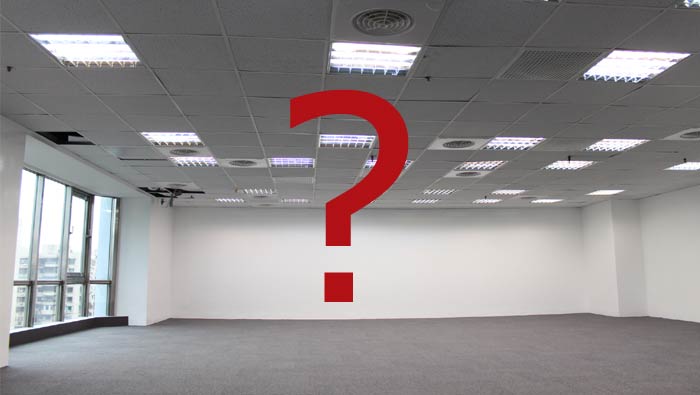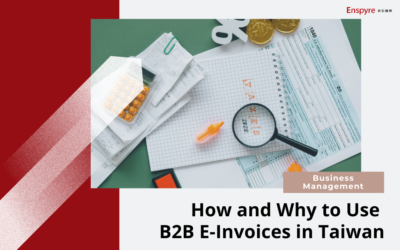Like starting a business wasn’t hard enough, getting your first office started costs a fortune. But it helps to take advice from someone who has set up an office before. Every new business owner inevitably marvels at how many things it takes to keep an office going:
- Chairs
- Desks
- Filing cabinets
- Conference table with chairs
- Computers
- Keyboard
- Mice
- CD/Radio for background music
- Extension cords
- Printer
- Plants/trees
- Paintings
- Pens
- Something to put all the small things in that gather on your desks
- Staplers
- Paperclips
- Scissors
- Whiteboard with pens and erasers
- Cleaning supplies
- Toilet paper!
- Air conditioners
- Rulers
- Ring-binding machine with supplies
- Network cables
- LAN hubs
- Phones
- Cups
- Coffee
- Tea
- Coffeemaker
- Water cooler
- Recycling cans
- Garbage bags
And maybe:
- PBX system
- Server
Other costs that will be incurred during the start-up phase:
- First month’s rent and deposit
- Telephone hook-up and deposit
- ADSL hook-up
Close to inevitable overhead costs:
- Rent
- Building management fee
- Utilities (water, electricity, gas)
- Salaries
- Insurance and labor fees
- Phone
- Internet
- Miscellaneous expenses
The exact costs of course depend on the type of business you plan to start, where you want to have the office and many other things. Use this list as your base for research and fill in the costs of the type of products you want. Your budget will soon start to take shape and you can see if you can afford solid mahogny desks or if you should go for something modern from IKEA or the most affordable stuff from the local furniture shop.
If you want to hire someone you have to spend the time and effort looking for the right person. In Taiwan one of the best methods are the human resource website 104 (www.104.com.tw) which costs about 4000 per month or 8000 for three months. All of this of course adds up to a lot of money at a time when most businesses have no income to help offset the expenses. Therefore all the money has to come from your pocket.
Let’s assume that you will hire one assistant now at 25,000/month with the plan to hire more people as the company grows. Since you will need more space soon, you rent a 30 ping office for 25,000/month with enough room for the business as it grows.
Even though there will only be two people in the office in the beginning you have to buy more than 2 sets of desks and chairs since the office would look totally empty otherwise and it would hurt your credibility when customers or business partners come over.
The complete start-up costs for a professional but plain office of this size will then come to between NT$600,000 to 800,000. And even before paying yourself a salary you would have an overhead of about 70,000 per month (rent+salary+utilities+miscelleaneous). Make sure to set off money to pay these operating expenses for a few months until you are turning a profit.
You also have to ask yourself if you need that office and assistant at all. Too many entrepreneurs have an image in their head of what it takes to be the boss and this includes having a secretary and an office. But IF you could get your business up and running without this sizable investment and commit to all this overhead, your company would be much further along its path to profitability.
A small money saving tip:
The good news is that there are ways to save some money and still organize things well.
For example, instead of buying a dedicated server that holds all your company’s data, you can easily put an extra hard drive on one of your existing computers and then simply make that your server. All other computers in the office would connect to that drive and you would save all work-related files there.
Something that is very important is to back up all your files. Computers break and viruses wreak havoc, so backing things up is essential. One easy and affordable way to do this is to purchase an external hard drive that connects via USB or FireWire. Then once per week you can back up all your files and put the external drive somewhere else for safe keeping. This is a simple and easy solution for those of us that don’t have lots of money or an MIS department.




